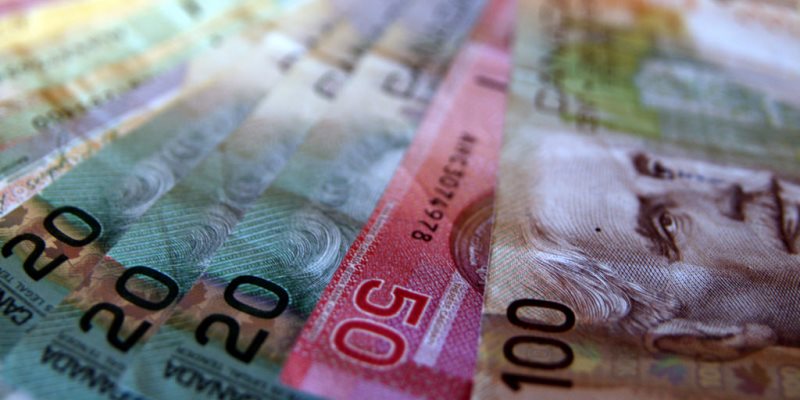No mistaking it now—the federal government has no interest in balancing the budget

If there were any lingering doubts about the federal government’s commitment to balance the budget in the near term or next year as they originally promised, they should be put to rest with the release of the fall economic update on Wednesday.
The update indicates the deficit for 2018-19 (current fiscal year) will be $18.1 billion, which includes a contingency of $3.0 billion. If the contingency isn’t needed, the deficit will be $15.1 billion. Understanding the source of this deficit illustrates quite clearly that this government is disinterested in balancing the budget.
Let’s first understand the starting position of the Liberal government in 2016. Their first budget, delivered in the spring of 2016, increased program spending in 2016-17 to $291.4 billion from the previously budgeted $274.3 billion proposed under the Harper government. That’s a $17.1 billion increase in spending in one year.
In the 2016 budget, the new government proposed program spending for 2018-19—again, the current fiscal year—totalling $308.7 billion, which is an increase of $34.4 billion from 2015.
The economic update released on Wednesday shows that program spending this year (2018-19) will reach $320.2 billion—an increase of $11.5 billion from the original 2016 plan, which as presented above was a stark increase from the 2015 budget. Indeed, the original 2018 budget released in March of this year projected program spending would total $312.2 billion. In other words, the Trudeau government increased program spending by $8.0 billion between the original 2018 budget and the update released earlier this week.

A different way of looking at this is illustrated in the chart above. The first bar shows projected revenues for 2018-19 of $328.9 billion. The second bar shows the originally planned program spending ($308.7 billion) for 2018-19 based on the first Liberal budget (2016) plus the currently expected interest costs ($23.8 billion) from the economic update.
Put simply, if the Liberals stuck to their original spending plan introduced just two years ago, which again was a material increase from the Tory 2015 budget, the federal budget would be nearly balanced today. Specifically, if the government had increased spending only to the extent planned in the 2016 budget, the deficit today would be just $3.6 billion. This latter reality is depicted by the third bar in the chart, which shows updated program spending ($320.2 billion) and interest costs from the economic update.
Clearly, the federal government continues to choose to borrow money (i.e. run deficits) so it can continue to increase spending. The government is simply not interested in spending within its means and balancing the budget.

